Free shipping? There is no such thing
TORONTO, Ont. — The trucking industry is pushing back on the notion of “free shipping”, calling it a marketing ploy and an insult to those working in the sector.
“Let’s face it, any reasonable person would understand that shipping can’t be free,” said Don Osterberg, who has held a number of high-profile roles in the industry before retiring as senior vice-president for safety and security at Schneider National.
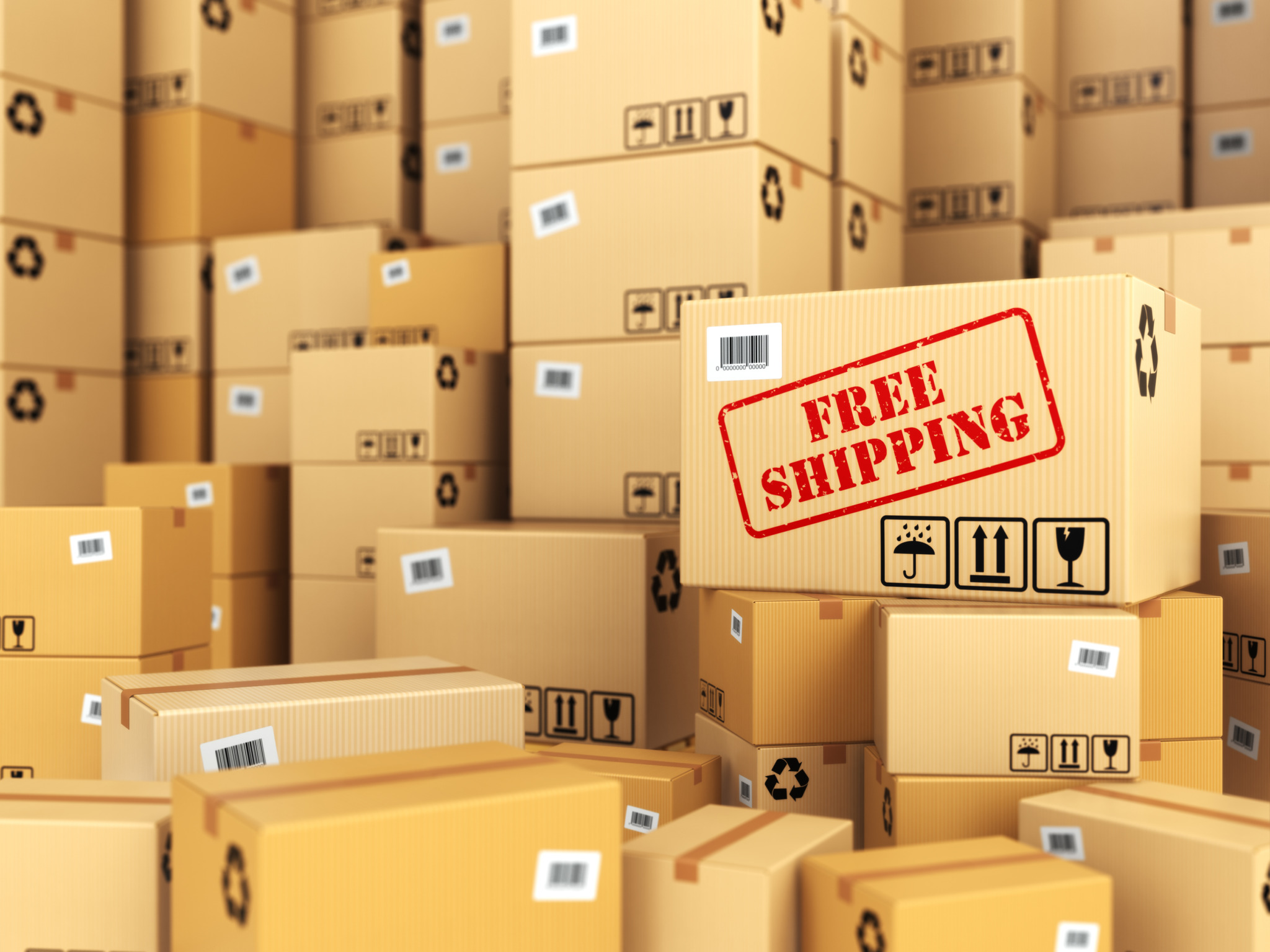
“The trucks that motor carriers use are not provided to them free by the manufacturers, the drivers that they pay don’t work for free, and the fuel that they burn is not free. So, clearly, it is not possible for retailers to provide ‘free shipping,’” Osterberg told Today’s Trucking in an interview from Eagle River, Wis.

Consumers who crave for “free shipping” are ultimately paying the price for that, Osterberg said. He said merchants have their products marked up to cover the cost.
In fact, the very idea marginalizes commercial transportation in general and commercial drivers in particular, Osterberg said.
That is a view shared by Dave Earle, president and CEO of the British Columbia Trucking Association (BCTA).
“One of the ancillary effects of ‘free shipping’ is that it devalues the transportation sector because it becomes a hidden cost, and consumers don’t appreciate what they are paying for,” Earle said in an interview.
He said the cost is invisible to most consumers because they don’t understand the value of transportation.

“We don’t think about it until we start talking to consumers and say, ‘Ladies and gentlemen, we have to be mindful of this.”
In addition to devaluing work and hiding costs, Earle said, “free shipping” also causes more congestion and pollution.
“I am not suggesting we unring the bell and try and go back, and everybody walk to their supermarket once every two weeks. No, that is not realistic. What I am saying is we need to change the dynamic until people understand what the cost of transportation is. Nothing is free.”
Academic support
The industry has the support of the academia in its fight back.
“Clearly, every aspect of shipping has a cost, and in particular the last mile of business-to-consumer deliveries is one of the most expensive parts of the supply chain,” said Prof. Matthew Roorda, Canada research chair in freight transportation and logistics at the University of Toronto Transportation Research Institute (UTTRI).
“We see small vans that are making special trips with few packages to meet customer demands. This has a monetary cost that eventually translates into the cost of the product.”
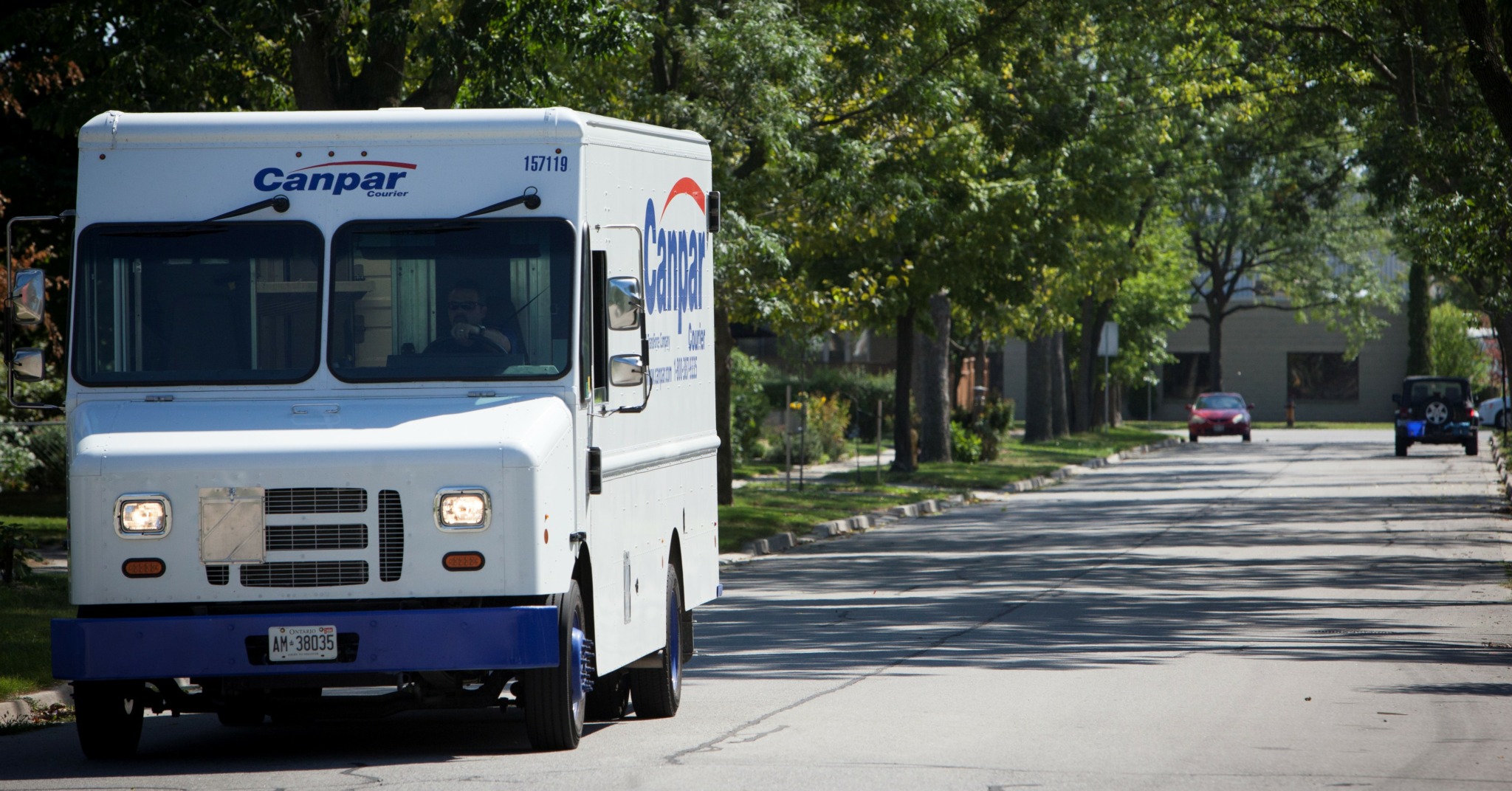
Roorda said longhaul trucking probably is impacted by the same pressures for fast deliveries from distant suppliers, which would make economies of scale harder to achieve for them as well.
“There is no free lunch,” said Prof. Barry Prentice, who teaches supply chain management at the University of Manitoba’s Asper School of Business.
“One way or another the consumer is paying for the goods and shipping.”
He said trucking is a highly competitive industry, and ultimately rates are determined by supply and demand.
“Where carriers may feel more pressure is on performance criteria. Promises of the vendor have to be fulfilled by the logistical system.”
Exponential growth
Their comments come at a time when North America is witnessing an exponential growth in online shopping, and with that rising expectations of free deliveries.
In Canada, online spending hit $65 billion in 2019, and is expected to reach $108 billion by 2023, according to the 2020 Canadian e-commerce report, released earlier this year by Canada Post.
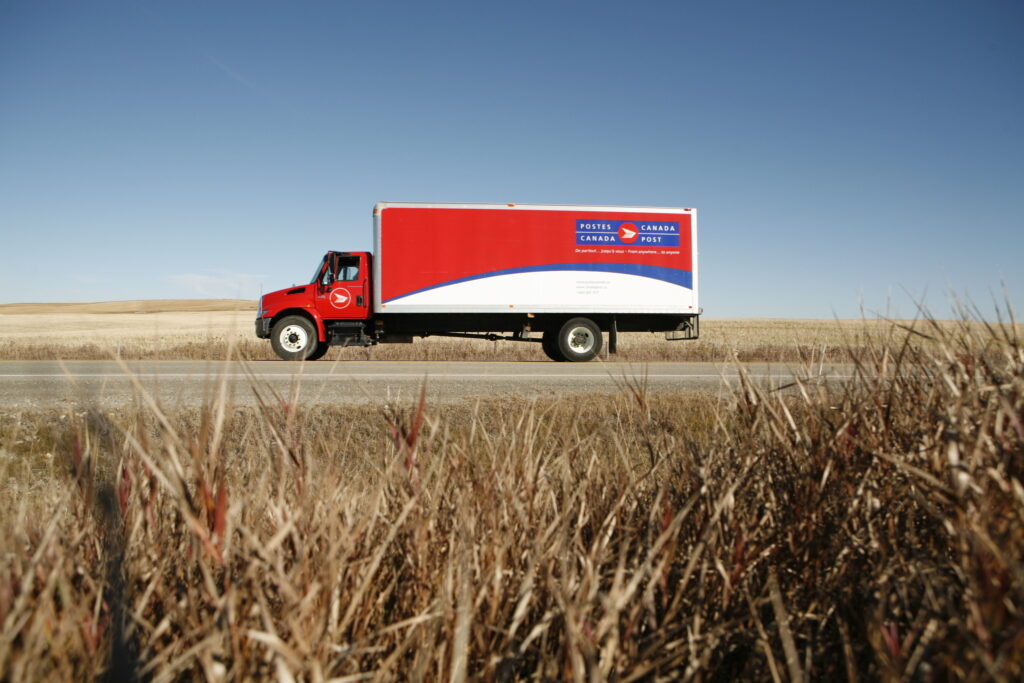
In the U.S., the Department of Commerce reported last month that American consumers spent US$209.5 billion on e-commerce in the third quarter alone.
The Canada Post study also revealed that 86% of online shoppers will make more frequent purchases if free shipping is offered.
In the U.S., an e-commerce solutions provider conducted a survey last year about online shopping, and what it found was stunning.
The BigCommerce poll of 3,000 consumers found that many of them were willing to give up their daily conveniences for one year in exchange for free shipping on all online orders.
Thirty-six percent said they would forgo ride-sharing, 25% would give up coffee and 22% would quit movie streaming services such as Netflix.

Safety issue
Osterberg, who is recognized as an authority on carrier safety, said he is concerned about the impact relentless consumer pressure will have on safety.
“It is putting stress on the supply chain, and that stress tends to flow down and end up with the driver. That is where that stress mostly resides,” he said.
Driver fatigue has long been considered a major cause of truck crashes.
“We see a dramatic negative trend in truck-involved fatalities and injuries. I don’t think it is coincidental. There are a host of reasons driving that, but I believe in part, it is consumer demand for fast shipping.”
He said even final mile drivers have very long days back to back, which can be problematic from a cumulative fatigue perspective.

Under pressure
Osterberg said drivers are often dispatched to maximize not only productivity for the carriers, but to satisfy the demands that the shipping community is putting on commercial transportation these days.
He said carriers who consistently fail to meet the expectations are likely punished by the shippers for “poor” performance.
“So, it creates that incentive to push the envelope to make sure that loads are delivered on time.”
He said fleets are forced to adapt because of the pressures of online shopping.
“We have to be careful that we don’t dispatch commercial drivers as though they were somehow a robotic component of the truck.”
– Don Osterberg
“The pressure that the shippers face flows down the supply chain for the motor carriers and the commercial drivers. There is no question about that. They definitely are feeling that pressure.”
Osterberg said fleets have to be absolutely unequivocal in saying that safety is a core value, and that they will not compromise it in deference to the competing demands that they face.
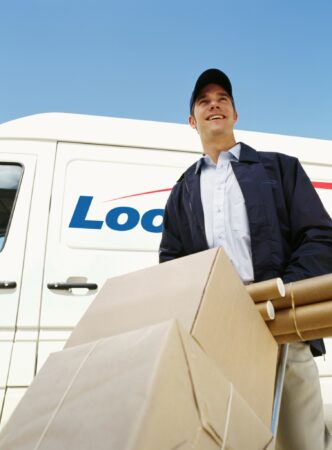
“We have to be careful that we don’t dispatch commercial drivers as though they were somehow a robotic component of the truck.”
For most online consumers, easy returns are also important, but Osterberg said return shipments are less time sensitive than the initial shipments.
For that reason, he doesn’t believe they create as much pressure on the supply chain as the deliveries do.
Not every carrier considers the final mile delivery as a must-have segment because the other parts of the supply chain are more lucrative.
That void is now being filled by courier companies and even individuals who have access to vehicles.
Roorda, of UTTRI, agreed.
He said delivery companies are indeed facing unusual pressure due to the increased demand for e-commerce and home delivery.
“Even the largest e-commerce retailers face challenges in making the fast deliveries they promise because delivery companies are experiencing large increases in demand and are challenged to meet this demand,” he said.
BCTA’s Earle said the trucking industry runs on “breathtakingly thin” profit margins, and is merely enduring the pressure from shippers.

Environmental impact
It is the last mile delivery that is raising concerns about the environmental impact of prolific online shopping.
Maddy Ewing, a transportation and urban solutions analyst at the Pembina Institute, said how much carbon footprint a particular shipment will leave will depend on a number of factors.

They include how quickly the order is fulfilled, what mode of transportation is used, whether the delivery vehicle is full, or how far is the final destination from the distribution center.
But Ewing know one thing for sure: If free shipping is paired with fast shipping, harmful impacts can arise.
“When you have customers ordering things on the whim and choosing the fastest option, companies are left with less time to consolidate all of their deliveries onto a single truck. So, you may end up with trucks half full circulating your neighborhood.”
She said there are some considerations that businesses can keep in mind if they decide to offer free shipping.
“If businesses are going to offer free shipping, use it to incentivize slower shipping speeds. So, these can result in a net benefit to the environment,” she said.
Ewing said businesses can also educate their consumers on the environmental impact of their chosen delivery method at checkout.
“So, customers are aware that there may be those hidden environmental costs associated with faster speeds.”
Prentice of Asper School said if anyone thinks online shopping could somehow lead to less trucking, they are wrong.
“The same amount of goods are moving whether through bricks and mortar stores, or with home delivery.”
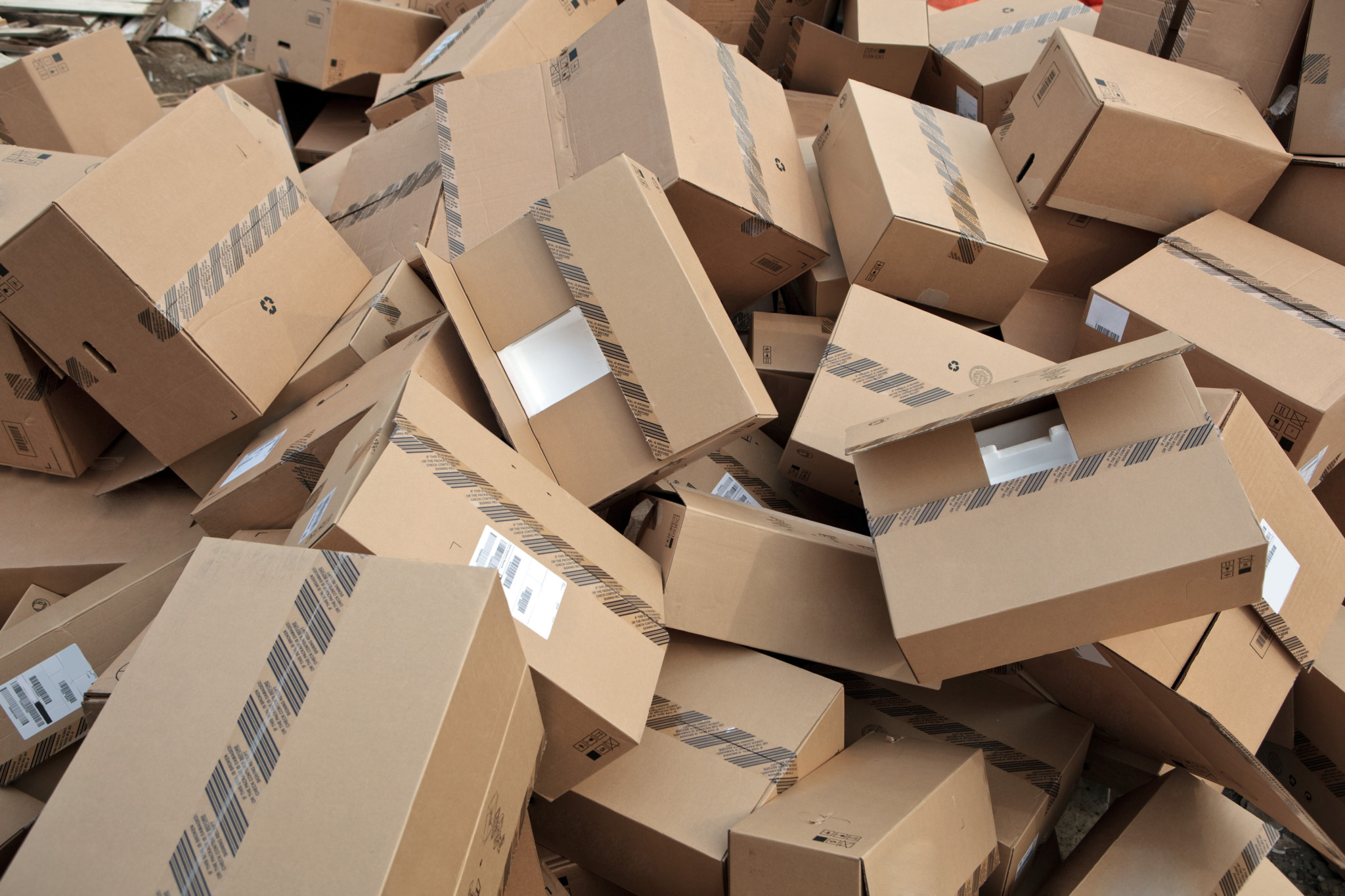
Mountains of packaging
Home deliveries, free or not, also leave mountains of packaging waste.
In Canada, 1.1 billion parcels were shipped in 2019, up 8% year-over-year, the latest Pitney Bowes Parcel Shipping Index showed. In the U.S., that number stood at a whopping 14.8 billion pieces, up 11% from the previous year, Pitney Bowes said.
By then, the U.S. was already facing a recycling nightmare.
In 2018, containers and packaging accounted for more than 28% of solid waste generation in the country, according to the Environmental Protection Agency (EPA).
No figures are available for Canada.
But in a country that recycles just 9% of its plastics, skyrocketing home deliveries should be a cause of concern for policy-makers, and for all those who care about the environment.
Have your say
This is a moderated forum. Comments will no longer be published unless they are accompanied by a first and last name and a verifiable email address. (Today's Trucking will not publish or share the email address.) Profane language and content deemed to be libelous, racist, or threatening in nature will not be published under any circumstances.